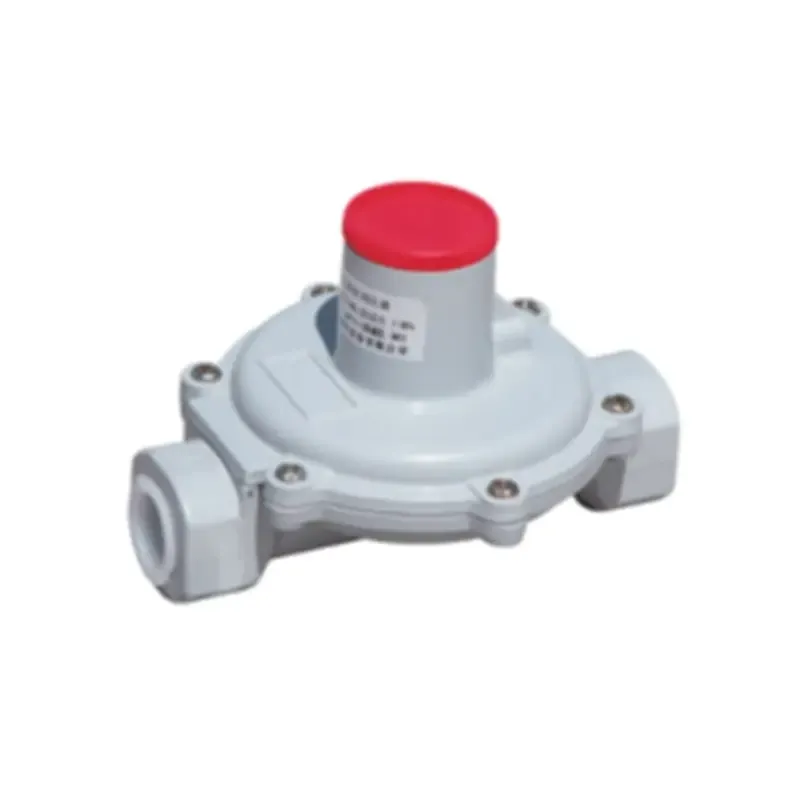
Dec . 09, 2024 15:53
Back to list
shut-off valve
Understanding Shut-Off Valves Essential Components in Fluid Control
Shut-off valves are fundamental components in various fluid control systems, playing a crucial role in managing the flow of liquids and gases in industrial, commercial, and residential applications. These valves are designed to block or allow flow through pipelines, ensuring operational efficiency, safety, and control in various processes. This article delves into the different types of shut-off valves, their applications, and significance in various industries.
What is a Shut-Off Valve?
A shut-off valve, as the name suggests, is a valve that stops the flow of fluid when closed and allows flow when opened. These valves are vital for isolating sections of a piping system, enabling maintenance, repairs, or emergencies without disrupting the entire system. Shut-off valves are typically operated manually, but they can also be automated for ease of use and efficiency.
Types of Shut-Off Valves
There are several types of shut-off valves, each suited for different applications based on operational requirements, including
1. Gate Valves These valves are used mainly for on/off service. They have a gate mechanism that lifts to allow flow and drops to stop it. Gate valves are ideal for applications where minimal pressure drop and unrestricted flow are required.
2. Globe Valves Globe valves provide better throttling and flow regulation capabilities compared to gate valves. They consist of a movable disk and a stationary ring seat, providing excellent control over the flow rate. Although they can be used for shut-off, they are more commonly used for regulating flow.
3. Ball Valves Known for their durability and excellent sealing capabilities, ball valves use a spherical closure element that can be rotated to open or close the flow. They are commonly used in applications requiring quick shut-off and reliable performance.
4. Butterfly Valves These valves consist of a rotating disc that controls the flow of fluid. Butterfly valves are lightweight, compact, and provide quick shut-off operations, making them suitable for large volume flows.
5. Check Valves While not traditional shut-off valves, check valves prevent backflow in the system. They allow fluid to flow in one direction only, thus protecting pumps and other equipment from potential damage.
shut-off valve

Applications of Shut-Off Valves
Shut-off valves are used in a wide array of industries, including
1. Water and Wastewater Treatment These valves are crucial in controlling the flow of water and sewage, ensuring the system operates efficiently and preventing leaks or spills.
2. Oil and Gas In oil and gas pipelines, shut-off valves are used to isolate sections of the pipeline during maintenance operations, emergencies, or to control the flow of hydrocarbons.
3. HVAC Systems In heating, ventilation, and air conditioning systems, these valves are vital for regulating water flow in heating systems and controlling air supply in ventilation.
4. Chemical Processing Shut-off valves are essential in chemical plants, where they manage the flow of chemicals safely and efficiently, preventing accidents and ensuring compliance with safety regulations.
5. Food and Beverage Industry In this sector, shut-off valves help maintain hygiene and safety by controlling the flow of liquids, preventing contamination, and allowing for easy cleaning during maintenance.
Importance of Shut-Off Valves
The importance of shut-off valves can't be overstated. They enhance safety by enabling rapid response to leaks or emergencies, protect equipment from damage by allowing for maintenance without shutting down the entire system, and ensure efficiency in fluid management. Proper selection, maintenance, and operation of shut-off valves can significantly impact the overall performance and longevity of a piping system.
Conclusion
In summary, shut-off valves are essential components in fluid control systems across various industries. Their ability to control the flow of liquids and gases plays a critical role in ensuring safety, efficiency, and operational integrity. By understanding the different types of shut-off valves and their applications, engineers and operators can make informed decisions that enhance the functionality and reliability of their systems. Proper maintenance and selection of these valves are key in minimizing downtime and ensuring a smooth operational flow in any application.
Next:
Latest news
-
Safety Valve Spring-Loaded Design Overpressure ProtectionNewsJul.25,2025
-
Precision Voltage Regulator AC5 Accuracy Grade PerformanceNewsJul.25,2025
-
Natural Gas Pressure Regulating Skid Industrial Pipeline ApplicationsNewsJul.25,2025
-
Natural Gas Filter Stainless Steel Mesh Element DesignNewsJul.25,2025
-
Gas Pressure Regulator Valve Direct-Acting Spring-Loaded DesignNewsJul.25,2025
-
Decompression Equipment Multi-Stage Heat Exchange System DesignNewsJul.25,2025

